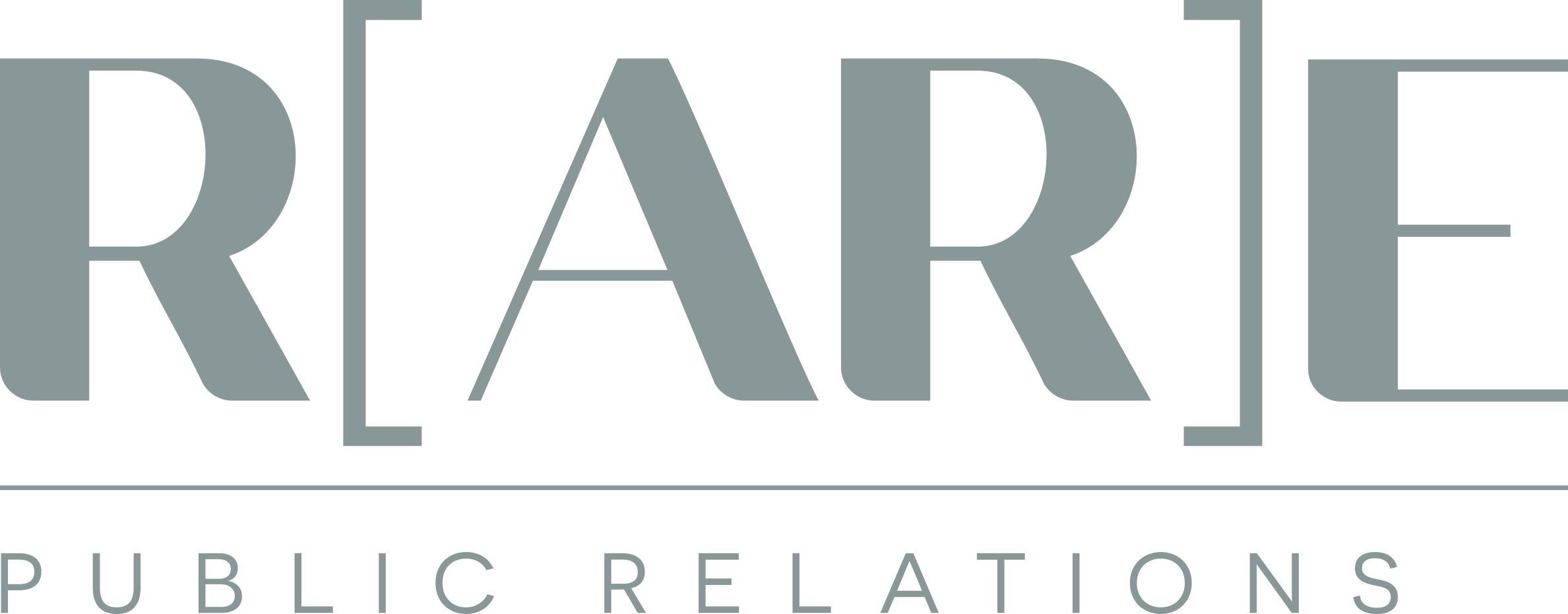Simply telling your story isn’t enough in an increasingly saturated real estate media environment. Success hinges on how strategically that story is told when, where, and against whom. This is where competitor analysis becomes essential. Public relations professionals gain a sharper edge in message development and campaign planning by studying how other real estate brands position themselves in the press, what narratives they lean into, and how their coverage performs.
Competitor analysis in real estate PR is not about imitation. It’s about extracting strategic insight to define a brand’s distinct space in the market. When done well, competitor analysis becomes a catalyst for elevated positioning, improved outreach, and stronger long-term visibility.
Understanding Competitor Analysis in PR
Competitor analysis in PR involves systematically tracking and evaluating how peer organizations and comparable brands are represented across media channels. It goes beyond anecdotal observation and moves into structured intelligence gathering, monitoring coverage frequency, tone, publication tiers, story themes, and key messaging.
This process helps clarify:
- What stories resonate with media gatekeepers
- Which angles are overused or underutilized
- How similar organizations are crafting their narratives
- Where there are missed opportunities in the coverage landscape
By grounding messaging decisions in this context, campaigns become more targeted, intentional, and defensible.
Elevating Brand Positioning Through Contrast
Effective brand positioning creates a recognizable and relevant identity within a crowded landscape. Competitor analysis allows PR teams to map that landscape in real time.
With visibility into how the media frame similar entities, what language they use, which themes they prioritize, and how their tone is perceived, PR professionals can make informed decisions about differentiation.
Whether a campaign seeks to project authority, innovation, exclusivity, or community relevance, competitor analysis provides the necessary contrast to guide tone, voice, and thematic focus.
Shaping Smarter Media Outreach Strategies
A well-informed outreach strategy does more than pitch to a media list; it understands where the story fits within the broader editorial environment.
Competitor coverage insights inform:
- Outlet targeting based on past receptiveness
- Preferred angles that align with a journalist’s interest areas
- Timing patterns and announcement pacing
- Gaps in coverage that suggest whitespace for new narratives
This intelligence improves the efficiency and effectiveness of media outreach, increasing the likelihood of meaningful placement while reducing pitch fatigue or redundancy.
Strengthening Messaging Resilience
External conditions in real estate are often unpredictable. New regulations, market fluctuations, or environmental events can shift a project’s media relevance.
By analyzing how competitors have weathered past coverage challenges, both favorable and critical PR professionals can anticipate which narratives remain resilient and which falter under scrutiny.
This foresight helps refine messaging frameworks that are better equipped to adapt to changing circumstances, making campaigns more robust and sustainable.
Enabling Ongoing Optimization
Competitor analysis should not be limited to the campaign planning phase. As media coverage evolves, ongoing tracking of peer performance enables continuous refinement.
Recurring insights might include:
- Shifts in media tone toward a topic or asset class
- Emergence of new thought leaders or voices
- Evolving journalist preferences in source selection
- Increased competition around specific press angles
With this information, real estate PR teams can recalibrate messaging, adjust outreach pacing, and reassign narrative priorities, ensuring campaigns remain current and aligned with real-time conditions.
Creating a Feedback Loop for Internal Alignment
Competitor analysis also serves an internal purpose: aligning public relations with sales, marketing, and executive priorities.
When shared across departments, competitor PR insights can support:
- Executive media training with reference positioning
- Investor presentations with third-party validation context
- Marketing alignment with confirmed media preferences
- Sales enablement with timely awareness of external messaging shifts
This creates a loop where PR insights don’t just support visibility, they inform broader organizational strategy.
Benchmarking Success and Setting Standards
Finally, competitor analysis provides meaningful benchmarks for success. Instead of relying solely on internal metrics, PR performance can be assessed against industry norms.
Key comparative metrics include:
- Volume and frequency of media mentions
- Publication quality and reach
- Share of voice within target media segments
- Tone and sentiment differentials
- Story pickup across platforms and geographies
These comparisons help identify where a brand is gaining traction, where it lags, and how it can adapt to stay competitive.
Final Thoughts
Competitor analysis in real estate PR isn’t about chasing what others are doing; it’s about seeing the full picture and taking a stronger, more strategic role within it.
By mapping how the market communicates, real estate brands can choose what to say and how to say it better. They can find the whitespace, avoid the noise, and elevate their visibility precisely.
Partner with R[AR]E Public Relations
R[AR]E builds insight-driven PR strategies tailored to the complexities of real estate. Through competitor analysis, agile planning, and strategic positioning, we help clients move confidently into the press and into the spotlight.
Schedule a consultation today and learn how more intelligent positioning can move your brand forward.



